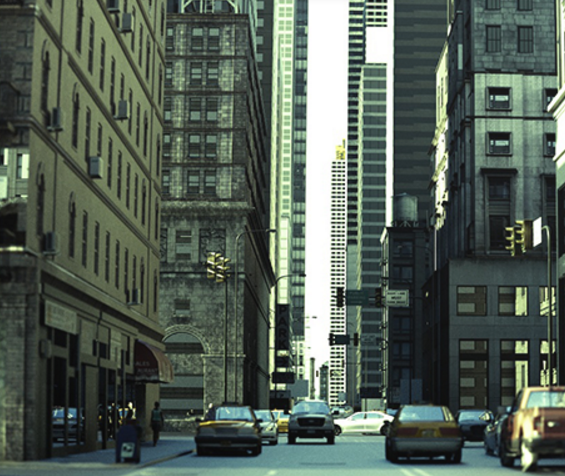Path tracing is the new route to real-time rendering.
Cloud-based software house Otoy is adding the Brigade path-tracing engine to the GPU renderer set of its OctaneEngine rendering software and Orbx video codex.
Brigade is a real-time rendering engine for video games. It uses path tracing to render images as opposed to rasterization, used in most other 3D game rendering engines. Path tracing is an extension of Otoy’s ray tracing algorithm. It simulates many light paths per pixel and takes the average value to calculate the final color of each pixel. Whenever a ray hits a surface, a new ray is traced from that hitpoint in a random direction until the maximum path depth is reached or until a Russian roulette-like mechanism kills the ray. As a result, Otoy says Brigade is able to produce effects like diffuse color bleeding, glossy (blurry) reflections, soft shadows, real area lights, true depth of field, and more.

Traditional path tracing engines take hours to render accurate environments or objects. Otoy says in one well-documented case, it took nearly 22 hours to render a few seconds of ray-traced crystal balls moving around a table. By comparison, Otoy says Brigade can take motion-captured characters in an environment with path traced lighting and real-time shadow casting and render it in real-time at 30-60 frames per second (fps).
Orbx is Otoy’s next-generation video codec, designed for low-latency real-time video streaming. Orbx provides 1080p while providing HDR and support for 12-bit color, not available in existing video codecs. Otoy says when compared to the industry standard H.264, Orbx is able to achieve 50% of the bitrate for similar quality (simultaneously supporting higher speed encoding and decoding).
OctaneRender 3, Otoy’s GPU-based rendering with support for cloud, incorporates a range of emerging industry standards for GPU rendering, including Open Shader Language (OpenSL) and OpenVDB for particle simulation, and introduces volumetric light field primitives and deep motion buffers for high frame rate VR rendering.
Integrated into OctaneRender 3 is support for OctaneRender Cloud (ORC), an on-demand cloud rendering service harnessing from 20 to 2,000 GPUs, depending on the size of the job. ORC is available on a subscription basis and includes high-speed storage, Orbx/OCS file versioning, OctaneRender live app and plug-in delta synching, HTML5 cloud desktop access, Dropbox and Google Drive integration, and 1,200 GPU minutes of render time starting at $9.99/month. ORC also allows users to pause and resume rendering of Octane film buffers (OXR files), enabling cloud rendering to easily augment any local render jobs, or cloud-based renders to be resumed and completed locally.





